Not just spinning yards
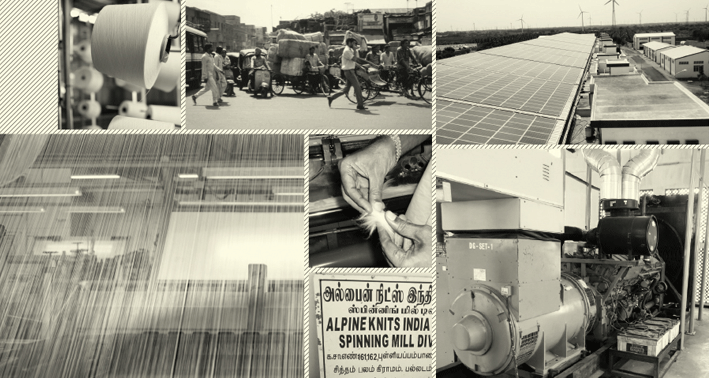
The sun is shining in the glimmering heat. At Raja Shanmugham’s cotton mill, over 20 000 spindles are running at full capacity. It is immediately obvious that this is using electricity – and a lot of it. However, the energy supply in the South Indian city of Palladam is unstable. For many business owners, this is the primary motivation to invest in a diesel genset. But the cost of diesel fuel continues to creep higher. To cut costs, Shanmugham looked for an independent electricity supply – and found photovoltaics.
“Over the past few decades, the region has undergone significant economic development, especially when it comes to cotton processing,” explained Shanmugham, who comes from a family of entrepreneurs. His cotton mill is located in Palladam, a city in South India that is home to around 32 000 people. Here in the state of Tamil Nadu, there are approximately 1 600 cotton processing operations. “Cotton processing is extremely energy-intensive,” said Shanmughan. “And with the growing market, energy is in increasingly short supply.” Furthermore, in addition to there being a lot of competition, the electricity supply is unstable. In fact, it is not unusual to see the machines standing idle in these companies because the public utility infrastructure has collapsed again. Business owners who generate their own electricity, and thus protect themselves against power outages, are at a clear advantage. To do this, most businesses use a diesel genset. However, not only is using a diesel genset detrimental to people and the environment, but the fuel is also expensive – especially if it needs to be transported over long distances.
Independence from rising diesel costs and unstable utility grids
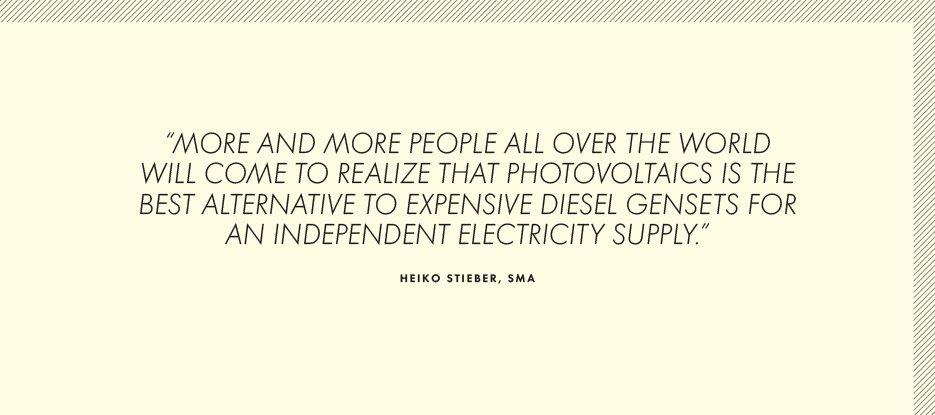
Heiko Stieber of SMA on the importance of photovoltaics as the best alternative to expensive diesel gensets
Shanmugham and his employees no longer wanted to be reliant on costly diesel fuel alone. “Electricity makes up around 15 % of the cost of our product,” said the businessman. “The cheaper the electricity we use, the more competitively priced our products. We originally invested in wind power, but when there was a grid failure, we couldn’t use wind energy because it was supplied to us via the utility grid. So we had to find another solution.” While considering their options, Shanmugham and his employees were clear on the fact that the energy needed to be produced directly on-site. “So we decided on photovoltaics as it was the best solution for us.”
“More and more people all over the world will come to realize that photovoltaics is the best alternative to expensive diesel gensets for an independent electricity supply.” Heiko Stieber, SMA
Now, if there is a power outage, he can sit back and relax. If the utility grid collapses, the diesel system forms a utility grid that the PV system on the factory’s roof feeds into and that reliably supplies the 20 400 spindles with solar power. Palladam has up to 300 days of sunshine per year and solar irradiation of between four and seven kilowatt hours per square meter, which form ideal conditions for the use of photovoltaics. This enables the company to save 50 000 liters of diesel fuel a year, which also translates into cash savings.
A little box with a big impact
An important step in the project was to integrate the new PV system into the existing diesel system. This is all made possible thanks to a small, inconspicuous metal box. The SMA Fuel Save Controller provides the interface between the diesel generator, PV system and loads. “It ensures that the exact amount of solar power needed is fed into the diesel grid,” explained Heiko Stieber, who worked closely with local installers as the SMA project manager responsible for the Palladam system. “The Fuel Save Controller knows exactly which loads require electricity and how much. This enables diesel fuel consumption to be kept to a minimum. For me, this is one of the most exciting projects I’ve ever worked on.”
It is the afternoon and the thermometer reads 33 degrees Celsius. The windows of the cotton mill are wide open. The workers are helping themselves to water from water dispensers set up in the workshops. But wind and water aren’t the only things responsible for creating a better working atmosphere. Since the PV system was installed on the roof, the workshops don’t heat up nearly as much as before. India is known as the country of origin for cotton, its tradition of spinning is long. From 1921 to 1947, India’s unofficial flag even bore the symbol of a blue spinning wheel. It signified the pursuit of economic and political independence. Still today, the wheel in the center of the Indian flag looks a bit like a spinning wheel.
Leasing models already under discussion
“With ever increasing fuel prices and the progression of climate change, renewable energies like photovoltaics are becoming increasingly important for us,” explained Shanmugham. “Here in India, the importance of photovoltaics will almost certainly grow and not only in the commercial arena. I could even see myself setting up a solar energy supply at home.” He lives with his wife, son and parents in Tiruppur, which is about 20 kilometers away from Palladam. New business models, such as leasing PV systems, are already under discussion in India. This model means that users won’t have to buy the system themselves. Instead, the leasing company provides the system to its customers for a monthly fee and they can use it freely,” Shanmugham continued. “I think that models like this and solar energy itself will catch on quickly for private households in India too.”
More sun – less expensive fuel
Not just in India but worldwide, diesel gensets are still being used primarily to supply remote areas with electricity or to supplement unstable grids. The initial investment costs are relatively low, so the decision to use a diesel genset is easy in most cases. However, operating these gensets can be extremely expensive especially in remote areas as you must constantly buy fuel that then has to be transported over long distances to its destination. This is in addition to the fact that the price of conventional energy sources like diesel fuel is constantly on the rise. By contrast, photovoltaics are becoming increasingly more cost-effective, and in sunny regions it is the cheapest form of power generation available today. “Solar power can be used as a replacement for expensive diesel fuel and is generated directly where it is needed in the event of a power outage. It can help businesses become independent and save a lot of money,” said Stieber confidently. “More and more people all over the world will come to realize that photovoltaics is the best alternative to expensive diesel gensets for an independent electricity supply.”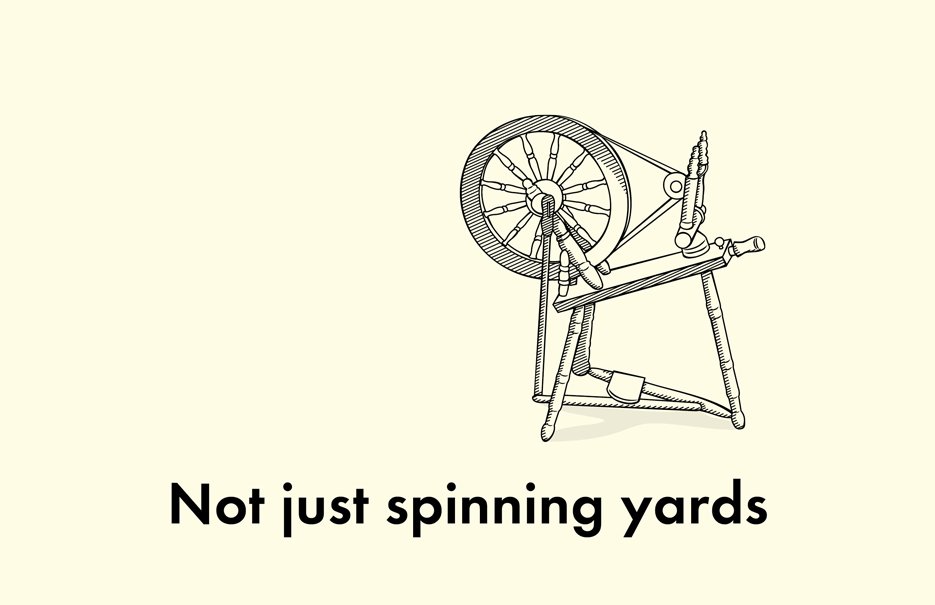
So how does a PV diesel hybrid system work?

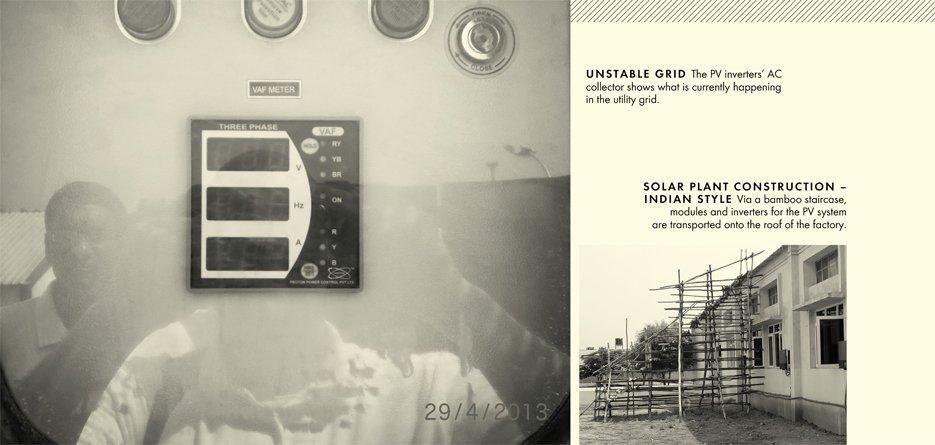
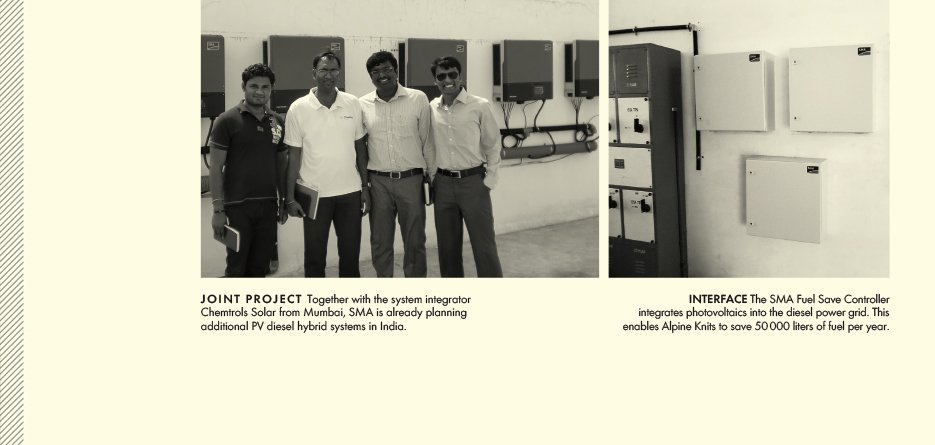
Feel free to contribute!